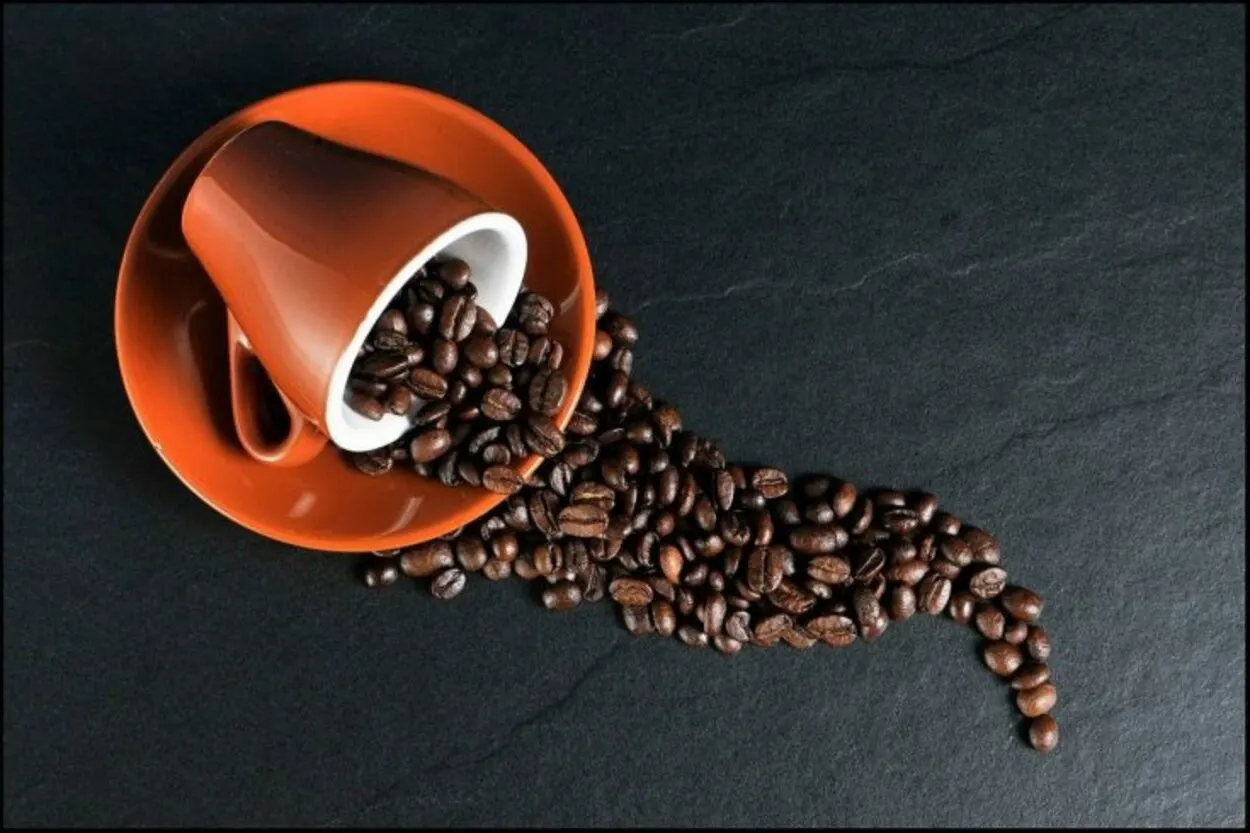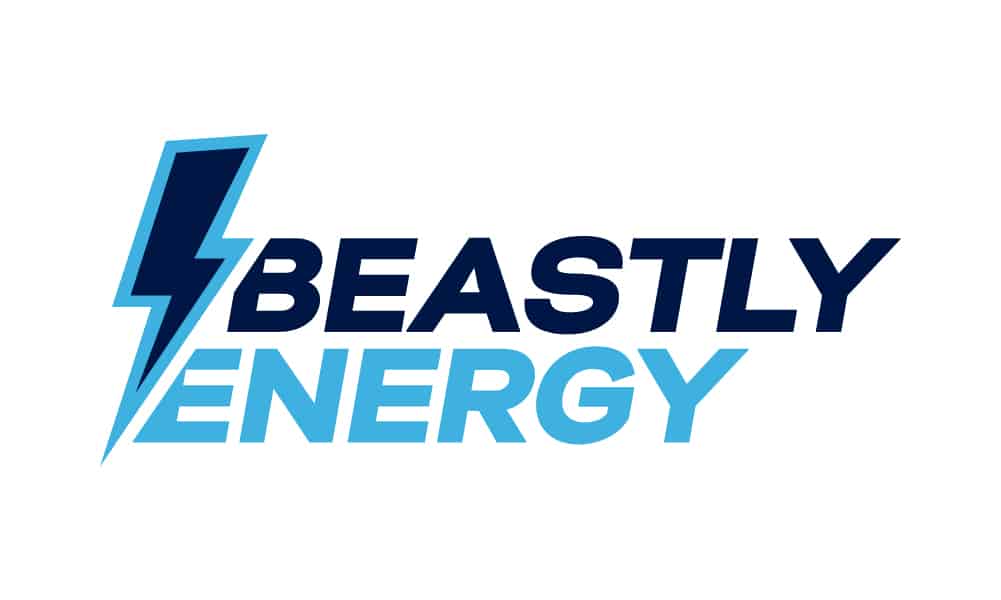For generations, people have found creative methods to remain motivated. In this article, we examine the history of the contemporary energy drink as we know it, from its modest origins in Japan to the meteoric rise of Red Bull and Monster, as well as the current trend toward more healthy, natural beverages.
Keep reading if you want to learn more about energy drinks since there is a lot of information here.
Contents
What Are Energy Drinks
A specific kind of beverage known as an “energy drink” is one that often includes caffeine and is advertised as providing both mental and physical stimulation (marketed as “energy” but different from food energy).
Other sweeteners, herbal extracts, taurine, and amino acids may or may not be carbonated in addition to sugar. They are marketed as improving athletic performance, vary from sports drinks, and fall within the broader category of energy items, which also include bars and gels.
There are many different brands and varieties of drinks in this category.
Coffee, tea, and other naturally caffeinated liquids are often absent from energy drinks. Other soft drinks, such as cola, may also contain caffeine, although they are not thought of as energy drinks. A normal healthy adult may safely drink up to 400 mg of caffeine per day, according to this research.
This has been validated by a panel of the European Food Safety Authority (EFSA), which also concludes that individuals may drink up to 400 mg of caffeine per day without suffering any detrimental effects.
Energy drinks’ caffeine and sugar have effects, but there is little to no evidence that the wide variety of other compounds has any effect. The bulk of energy drinks’ effects on cognitive function, such as increased attention and response speed, is mostly due to caffeine. Other studies link the effects of the combination drugs to performance gains.
The Energy Drink: Who Created It?
After World War II, modern energy drinks first debuted in Japan. A herbal “energizing tonic” called Lipovitan D was created by Taisho Pharmaceuticals in 1962 and offered in minibar–sized bottles. Initially, the tonic was advertised to manufacturing employees and truck drivers who had lengthy hours that required them to remain awake.
Lipovitan was marketed as a beverage to improve both physical and mental performance, although it looks, tastes, and smells like cough syrup. The major component of the beverage is taurine, which would later play a significant role in Red Bull. The biggest Lipovitan bottles on the market include caution labels that say individuals shouldn’t take more than 100 mg of taurine per day and that the bottles contain up to 3,000 mg of taurine.
Here Comes Red Bull

When Austrian businessman Dietrich Mateschiz visited Bangkok and “discovered” these invigorating tonics, energy drinks had their significant worldwide break. He just couldn’t believe how well the tonics worked, so in 1984 he teamed up with the Krating Daeng creators to launch the brand internationally.
After changing its name to Red Bull, Krating Daeng swept over Europe. Red Bull became famous overnight because of the mix of caffeine, taurine, and carbonation. The business for energy drinks as we know it now was created when Mateschiz presented his creation to Americans in 1997.
Why Is Red Bull So Well-Liked?
A greater level of marketing led to a rise in Red Bull’s attractiveness and awareness among customers. Red Bull provided drinks during athletic events and school functions.
They also made street advertisements for their products. They believe they can swiftly increase demand and popularity for their product after they have identified their target market.
I’ve included a YouTube video that explains Red Bull in greater detail.
Common Ingredients In Energy Drinks
Most of the following components, if not all of them, will be present in every energy drink you discover.
| INGREDIENTS | BENEFITS |
| Caffeine | Reduce fatigue and increase focus. |
| Taurine | Nervous system booster, blood pressure reducer, and nerve development stimulant. |
| Carbohydrates | Neural activity booster decreased blood pressure and increased nerve development. |
| B-Vitamins | Cell growth, health, and red blood cell production are manipulated. |
| Ginseng | Reduces inflammation and boosts brain function. |
Caffeine Content

Studies show that if you consume less than 200 mg of caffeine per day, you will feel better, have faster response times, and remain awake for at least a few hours longer.
According to this study, healthy individuals should limit their daily caffeine consumption to 400 mg to prevent any long-term negative side effects.
Caffeine levels in certain energy drinks, such as Monster and Bang Energy, are nearly as high as the daily suggested limit (400mg).
Sugar Levels

Because well-known brands do have high sugar levels, sugar may be a big problem in energy drinks in addition to caffeine. Regularly consuming foods, beverages, and snacks rich in sucrose may lead to type II diabetes, skin problems, weight gain, and a variety of other problems.
Because of this, the general public has been recommended to keep their daily sugar consumption to no more than 25 grams for women and 35 grams for men.
Another thing to avoid is a sugar crash, which comes from cutting down on sugar. This is a medical emergency since the individual might go into a coma or perhaps die if their blood sugar levels continue to dip below 70mg per deciliter.
Caloric Amount
Calories are the body’s primary energy source and help various organs function while also being stored as body fat that may be utilized as needed.
Like other ingredients, it might be harmful if consumed in large amounts. The negative effects of a high-calorie diet and way of life might include weight gain, increased risk of heart disease, and high blood pressure.
This recommendation calls for a 2,000-calorie intake diet with a 2,400-calorie upper limit for women and a 3,000-calorie upper limit for men.
FAQs About Energy Drinks

Q. Are Energy Drinks Dangerous?
Although energy drinks may include vitamins, minerals, and amino acids, excessive use of them might be harmful.
Caffeine and sugar are two components to avoid in particular. Because different individuals might respond to these components in various ways, be aware of the limits of your body.
Q. What was the First Energy Drink to be Introduced?
Red Bull was the first energy drink to be introduced.
Red Bull is one of the most well-known producers of energy drinks. It is the mother of all energy drinks due to its impact on the industry and its contribution to it.
Red Bull had a humble beginning and was the creation of Austrian entrepreneur Dietrich Mateschitz. Red Bull began as a beverage for overcoming jet lag and then developed into a beverage to increase energy and assist you with everyday duties.
Red Bull made its American premiere in 1997 after making its debut in Europe, which launched the contemporary energy drink market as we know it today.
Q. Why Do People Consumer Energy Drinks Instead of Coffee?
Coffee undoubtedly looks like a better option because it includes natural vitamins and has less sugar. The sole benefit of energy drinks over coffee is that they may be easier to consume quickly when on the road. Other than that, coffee triumphs in every other division.
Conclusion
- Energy drinks were first popularized by Red Bull, and soon after that, companies like 5-Hour Energy jumped on board to provide energy shots in addition to energy beverages.
- For many individuals who don’t have time to relax, energy drinks have become an essential component of their daily routine. It would be almost difficult to keep ahead of the day with all of its pressures without energy drinks.
